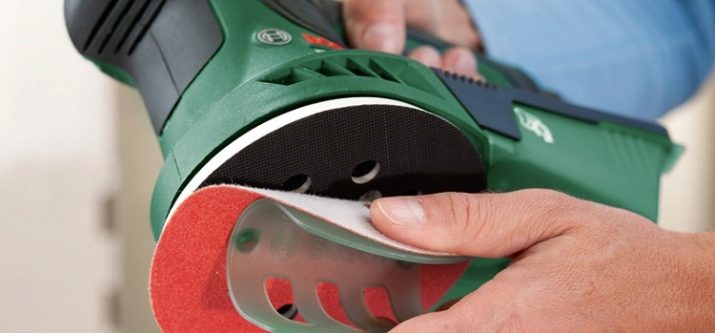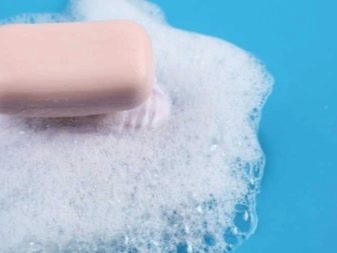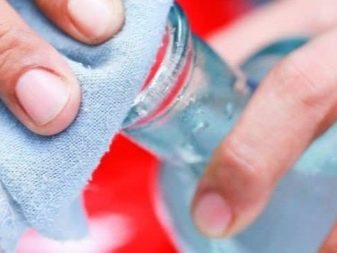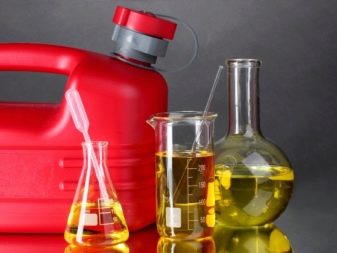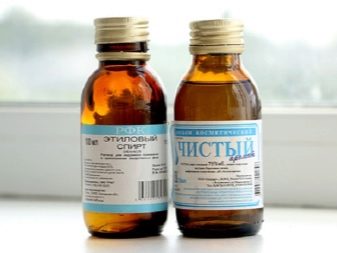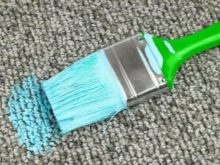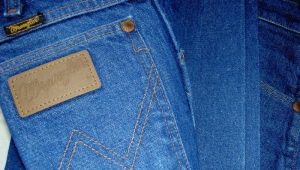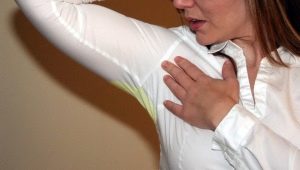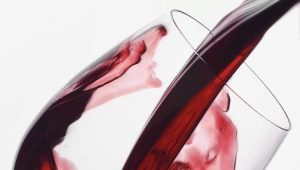How to scrub paint: ways to remove stains
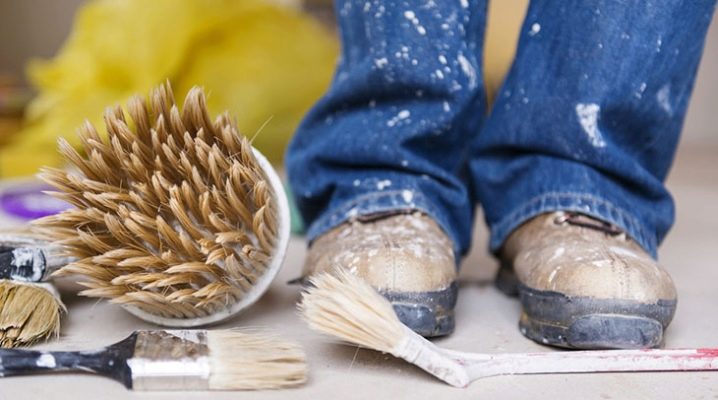
There are situations when paint gets on clothes. Many do not know how to scrub it and what methods of removing stains exist. Remove these contaminants will help you and the funds purchased in the store, and traditional methods. Choosing the right option is yours.
Features
In our life there is a lot of different kinds of dyes. For example, such as water-based dyes, enamel or oil, as well as gouache and watercolor. Sometimes they get on our clothes and then it is necessary to get rid of them somehow.
Gouache and watercolor is the easiest way to wash them off. Also, they are not difficult to remove from other surfaces. The emulsion paint does not have any detrimental effect on human health. However, stains on clothing caused by paint on it are not without reason classified as difficult to remove.
Especially difficult to clean soft tissue. Acrylic or watercolor paint should be removed immediately and not wait until they penetrate deep into the fabric structure.
There are cases when utilities do not leave any identification marks on a painted bench or, for example, a railing. And then people accidentally stain their clothes with paint and speculate on what to do to save their favorite thing.
First of all, you need to know that the cleaning method largely depends on what kind of surface or fabric we clean and what kind of paint we have smeared it. So, let's take a look at the details of how to wash paint from various kinds of surfaces.
Cleaning methods
First you need to say that you should not panic, if you suddenly stained your property with paint during any construction work. There are many ways to clean all kinds of surfaces from this kind of pollution. Depending on the type of stained surface, as already mentioned, we will use one or another cleaning method.
Scour from different surfaces
To clean hard surfaces that are not afraid of scratches or those that are not too bad to scratch, Suitable methods include:
- iron brushing;
- cleaning with various solvents and special means;
- cleaning with a grinding machine;
- washing with soapy water or ordinary water, in the event that the paint did not have time to dry. In this way, you can clean the paint, for example, from plastic or tiles.
Consider each cleaning method separately:
- Iron brush. With this method of cleaning you need to wet the surface, which is planned to be cleaned and left wet for 10-15 minutes. Then begin to scrub paint, for example, with a laminate, iron brush. It is important to take into account the fact that scrubbing contamination from the floor must be done in the same direction. If the paint has ceased to be erased from certain areas of the surface, it is necessary to moisten these areas even more with water and continue brushing. Thus, it is possible to quite easily remove the facade paint.
- Solvents and special products. Thick layers of paint will help to clean solutions that contain a large percentage of solvent substances. Suitable for this:
- formic acid;
- isopropyl alcohol;
- dimethyl chloride.
- There are other substances, but they are usually harmful to health, therefore, acquiring them, carefully get acquainted with the composition, especially if there are children in your house. The substances listed by us are harmless to the environment and quickly decompose. Among the special means at the moment the most popular are such as "Manor" Russian production and Set boya sokucu Turkish production. Instructions for their use are included with the package. They can perfectly clean the stretch ceiling and bath.
- Sander. You can use a grinding machine, and you can drill with a grinding nozzle, it is not so important. It is important that it is advisable to heat the surface of the wood with a construction dryer before cleaning, and then remove the swollen layer of paint with a spatula. The rest of the paint should be washed by grinding. After completing this procedure, you should do a wet cleaning and rub the remaining stains with an iron brush.
- Water and soap solution. As already mentioned, this method is suitable only for those cases where the paint is not strongly adhered to the surface or not dried at all. The process of washing with water does not need a detailed description, but cleaning with a soap solution consists of the following: soap or laundry detergent is plentifully dissolved in water, after which the solution is applied for 10-15 minutes on the surface to be cleaned, then the surface is rubbed with a sponge.
After the cleaning process, wipe dry the cleaned surface and make sure that there are no soap stains left. Otherwise, repeat the process again. This cleaning method is suitable for both glass and wallpaper.
Cleaning delicate surfaces
For delicate surfaces, such as linoleum or parquet, for example, the methods described above cannot be applied. The use of these methods can damage them or make them look ugly. Therefore, these surfaces should be cleaned with soft materials. Not with iron brushes and grinders, but with soft sponges, rags or shoe brushes.
The cleaning procedure for delicate surfaces is similar to the paint cleaning procedure that did not dry out. That is, a soap solution or ordinary water is taken, applied to our delicate surface and left to acid for 20-30 minutes. After which the paint is removed. In this case, the use of solvents and special tools should also be abandoned, because they can corrode the delicate surface, damage it and result in a not very aesthetic look.
How to wash the fabric?
Fabric, in turn, as any surface, is divided into types. And, depending on the type of fabric that needs cleaning, and the type of dye with which the fabric has been soiled, various methods of pollution control are applied.
Most likely, you will stain your clothes with gouache or watercolor than with any mortar. Therefore, to begin with, we will understand how to clean clothes from gouache or watercolors.
Fresh stains left in watercolor are easily washed with cold water. Dried spots require soaking for about fifteen minutes. The situation with gouache is a bit more complicated, because the basis of gouache is a poly-nucleus-half-oily base, but do not be upset. Gouache cleaners can be easily found in any home.
For cleaning, you need to prepare the mixture by mixing oxalic acid with ammonia. Instead of acid, you can use alcohol or glycerin. Since gouache paints for drawing are created on an oil basis, the removal of the dirt left by it is similar to the removal of fatty dirt. To do this, the usual wash suitable stain removers such as "Bos" or "Vanish".
Perhaps the most difficult to remove in the case of fabric are contamination with enamel or oil paints. But, having soiled your clothes with one of these colors, do not rush into despair, you can still fix it. To get started, try a cleaning method with any solvents, for example, designated by conditional numbers six hundred forty six and six hundred forty seven.
But remember that some solvents can damage clothes, therefore test them before they are applied. In accordance with the complexity of your pollution, you can try to use acetone or gasoline.Only not the gasoline that is used for refueling cars, and economic, which is sold in stores.
Here are a number of measures that can be taken to clean the fabric:
- Means by which wash ware, will work only if pollution arose quite recently. It should be rubbed with a sponge dirty place, and then wash the stains in water. The method is perfect for palace and leatherette.
- With the newly emerged spots helps cleaning powder, mixed with vegetable oil in the ratio of one to one. Mix these substances in the proportion indicated, rub the contaminated area with the resulting solution, and then wash away all that remains.
- Cashmere, synthetic or leather items should be cleaned with vegetable oil alone. Vegetable oil is applied to a cotton pad, then this disc wipes the necessary area until the contamination disappears. After erasing the paint, it is necessary to get rid of the divorce left by the oil. This is done by sprinkling salt with the stain and rinsing it off.
- Such a tool as "White spirit" is suitable for dealing with many types of stains left by the paint, but it best removes stains from enamel paint. For this purpose, the place of pollution is wiped with a swab moistened with a substance.
- Hope for gasoline in the most critical situations. Pollution is covered with gasoline for a certain period of time, then rubbed off. However, this method is guaranteed to damage the fabric and leaves traces.
- Solvent. Any solvents are well suited for cleaning clothes, because they always contain acetone, which flawlessly combats traces of any dyes. The method of applying the solvent is simple: put a little liquid on the place of pollution, wait about ten minutes, and then wash off the dirt. But do not forget that solvents can leave stains on colored fabrics, and therefore check them on unwanted fabric before use. Remember that silk fibers such matter can simply eat away.
- Alcohol. Today, there is a growing trend in the use in the construction of latex and water-based paints. If you are soiled with these types of paints, do not despair, just cover the places of contamination with alcohol, rub with a cloth, which also must be slightly moistened with alcohol beforehand, and after that the spots should be washed off.
- A solution of vinegar and ammonia. This method is perfect for solid types of fabrics that make jeans. The method is quite simple. Ammonia, vinegar and salt (in the amount of two tablespoons of each ingredient) are mixed, and the product is applied to the area stained with paint. After absorbing the compound, the dirt can be removed with a brush.
Dense fabric is less susceptible to corrosion and other types of damage, so more cleaning methods are applicable to it than for soft fabric. The fabric soiled in a water color or gouache easily is cleared during ordinary washing. Corrosiveness with acetone is less terrible for dense material, so it can be used when contaminated with other types of paints.
It is also less likely that there will be a stain on household gasoline, so gasoline can also be used when trying to scrub one or another stain left by paint.
With things from delicate fabrics things are somewhat more complicated. Before using folk cleaning methods described in this article on such clothes, be aware of the value this thing is for you. If it is extremely expensive for you, it is better not to risk it and take it to dry cleaning, and if not, then you can try to clean the pollution yourself.
Fresh dirt can be removed by wiping with soap. Later you can try to remove wiping with a cotton swab dipped in alcohol. Only need to wipe starting from the edge and moving to the center to avoid streaking and smearing paint. Alcohol and salt can help wipe off nylon or nylon fabric. First, the cloth is rubbed with alcohol, then the stains are washed off with saline.
Cleaning from hair dye. The spots left by the hair dye are removed by ordinary washing. However, if the stain has dried, it can be removed with a varnish for laying. White shirts can be washed by washing in a solution of hydrogen peroxide, and synthetic and woolen fabric is perfectly washed with a mixture of ammonia and vinegar.
Tips and tricks
In order to save their strength, time and reserve of nerve cells, which, we recall, do not have the ability to recover, better resort to the help of professionals or listen to their advice, which is described below:
- You apply water or soap solutions on those painted sites which are going to be cleaned at a given time, and not on the whole area that needs cleaning. Because while you clean a particular area, all the fabric will have time to dry three times. This will lead to unnecessary costs of material and time resources.
- Paint on furniture, carpets and other surfaces should be wiped off immediately while it is damp. So it is easier, faster and much more efficient. Having delayed the time until the paint is completely dry, you risk damaging your property.
- As for clothes, we can advise you to treat your things with care. Do not do construction work on expensive items or clothes that you value. Carefully inspect the benches, before sitting down and the railing, before touching them. If they suddenly began to look unnaturally bright, perhaps this indicates their recent painting.
- Well, if, for some reason or another, you still got your thing dirty, weigh its significance for you. If you are not sorry to spoil it, use the above tips, apply solvents, ammonia, acetone, gasoline and other means at your own peril and risk.
If you do not intend to spoil your thing, it is better to spend a little money and take it to dry cleaning. There you will wash it much better and return safe and sound.
For information on how to remove paint stains from clothes, see the following video.





